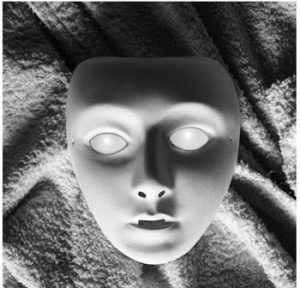Importance of the Cordobazo (1968)
Miscellanea / / August 08, 2023
One of the most influential social and union manifestations of the second half of the 20th century in Argentina. It summoned workers and students, on May 29 and 30, 1969, and had as motivation protest against the decision of President Juan Carlos Onganía not to update salaries and not resume union negotiations.
The fight plan included a 36-hour strike and a mobilization as a corollary.
Its name is due to the fact that it was developed in the Argentine province of Córdoba and several union currents participated: the Automobile Transport Mechanics and Allied Union (SMATA), led by Elpidio Torres, Luz y Fuerza of the General Confederation of Labor (CGT) under the orders of Luis Tosco, and the Union of Automotive Tramways (UTA) of the CGT, headed by Atilio Lopez.
For its part, the student side joined the unions to add more strength to the protest because they have been protesting for a long time against the intervention of the universities.
Rejection of the Onganía dictatorship, university intervention and economic crisis
The Onganía government implemented a capitalist economic policy that upset a large majority of the Cordovan society that questioned the monetary devaluation, froze salaries, sanctioned a law of hydrocarbons and another of rentals that encouraged speculation, and mining in private hands, among others.
The point of maximum tension with the students occurred after a protest that ended with one death in Corrientes, which was joined by two in Rosario.
Other reasons were added to the issue of economic cutbacks: rejection of the hyper-authoritarian military regime of Onganía, and the injustice suffered by various sectors of society.
The unforgettable thing about the demonstration was that the workers and students were joined by the most humble and needy who helped them stop the passage of the police who wanted to decimate them with various Actions.
Violence, deaths and political weakening of Onganía
In any case, police repression in some places and the consequent response from the protesters could not be avoided. that destroyed several symbolic places: car dealerships, military dependencies and caused power outages intentional.
The balance was more than a dozen deaths and hundreds of arrests.
It contributed to weakening the dictatorship of the president who had assumed after the coup Arturo Illia, and paved the way for the democratic elections of 1973, which meant the return and end of the ban on Peronism.
On the other hand, a revolutionary process was opened that would escalate in violence and persecutions such as those embodied by the group extreme right-wing Peronist Triple A parapolice, which murdered and persecuted some of its representatives, such as Atilio López, who was assassinated by the Triple A.
In those years, the automotive industry began to become strong in Córdoba, with many new workers who filled the factories and who little by little were forming in the union demand.
An independent and organized trade unionism that does not exist today, and a motion student who shared interests and enemies with trade unionists and Cordovan society impoverished by the capitalist profile of the military government, were the key to achieving the objective of release.
It is worth noting that two of the Cordobazo leaders, Atilio López and Agustín Tosco, died prematurely due to their union struggle, the former was assassinated by Triple A, and the second died of a head disease that he could not properly treat since he was in the secrecy.
write a comment
Contribute with your comment to add value, correct or debate the topic.Privacy: a) his data will not be shared with anyone; b) his email will not be published; c) to avoid misuse, all messages are moderated.


